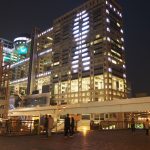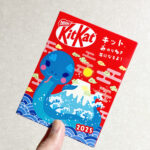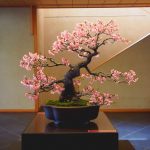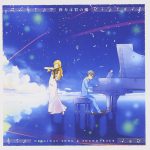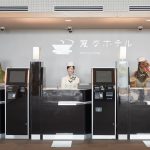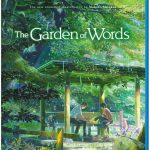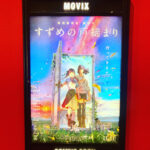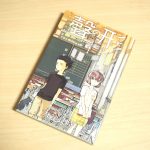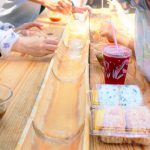Went to Shibamata! Things to do on a day trip!

If you like old or historical atmosphere in Tokyo, I recommend you Shibamata!
Shibamata is especially famous as a set of Otoko wa Tsuraiyo (Tough Being a Man) which was on TV from 1968 to 1995.
Actually, it was first time for me to visit Shibamata as it was located on the edge of Tokyo.
I could enjoy, penny candy store, retro games and toys, dango sweet rice dumplings, temple, Japanese house, museum, etc.
I introduce you each must-see spots in Shibamata!
- 1. Access
- 2. Statues of Tora-san and Sakura
- 3. Shibamata Haikara Yokocho
- 4. Shibamata Toy Museum
- 5. Taishakuten Sando Street
- 6. Takagi-ya
- 7. Matsuya no Ame
- 8. Kameya Honpo
- 9. Shibamata Taishakuten and Zuiryu Pine Tree
- 10. Yamamoto-tei
- 11. Tora-san Museum & Yoji Yamada Museum
- 12. Yagiri no Watashi (Boat ride)
Access

On Yamanote-line which goes around the center of Tokyo, Nippori Station is the closest to Shibamata Station.
It takes about 30 minutes and you need to transfer once by train from Nippori Station to Shibamata Station.
Take Keisei Main Line at Nippori Station to Keisei Takasago Station.
Change the trains at Keisei Takasago Station to Keisei Kanamachi Line for Shibamata Station.
Next stop of Keisei Takasago Station is Shibamata Station.
Statues of Tora-san and Sakura
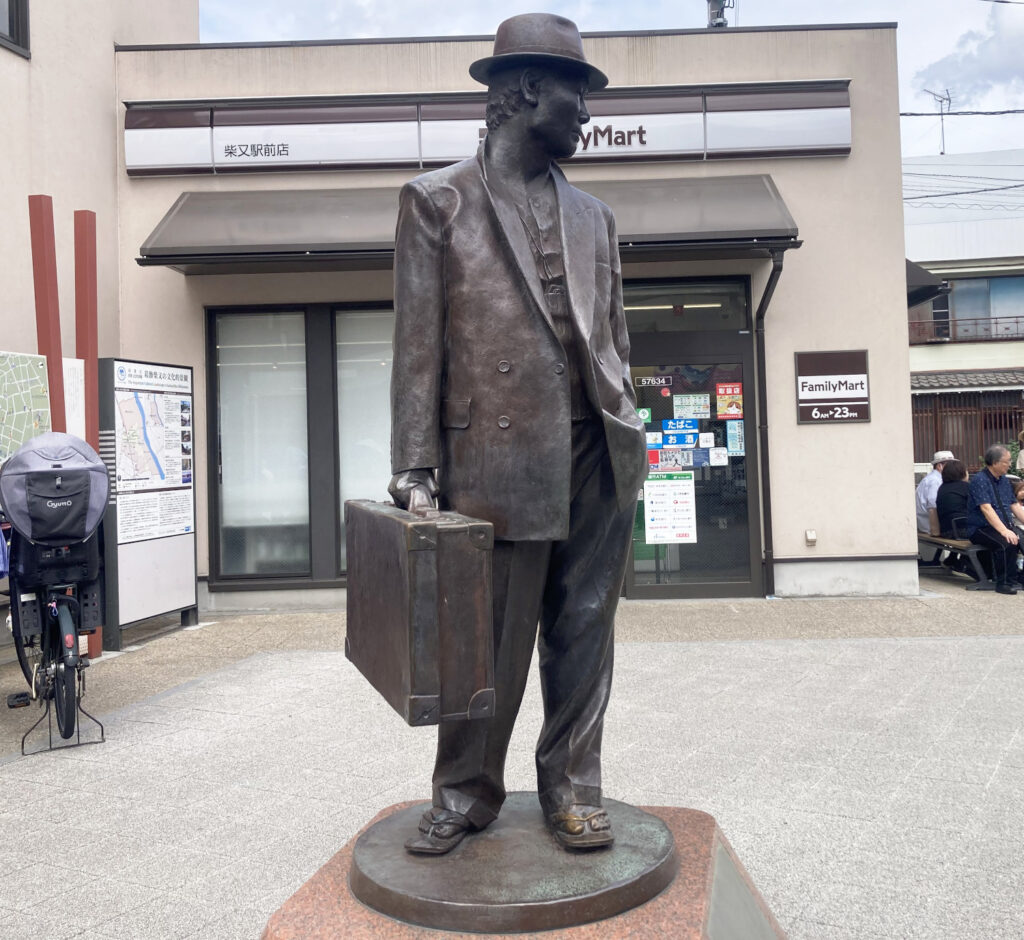
Right in front of Shibamata Station, you can see those statues of Tora-san and Sakura.

I think you don’t know them if you haven’t watched Japanese old TV drama series called Otoko wa Tsuraiyo (Tough Being a Man).
It’s all about a heartwarming comedy about Tora-san, who falls in love with a woman he meets on his travels, only to return heartbroken to his hometown of Shibamata.
I myself didn’t know the drama well as I was not the generation.
It was popular among today’s 60s and above, I think.
Tora-san and Sakura are siblings.
I could see people keep taking pictures.
Shibamata Haikara Yokocho

Right after statues of Tora-san and Sakura, what you can see is Shibamata Haikara Yokocho.
It’s a penny candy store.
Wide variety of snacks and candies in the old days you can find here!
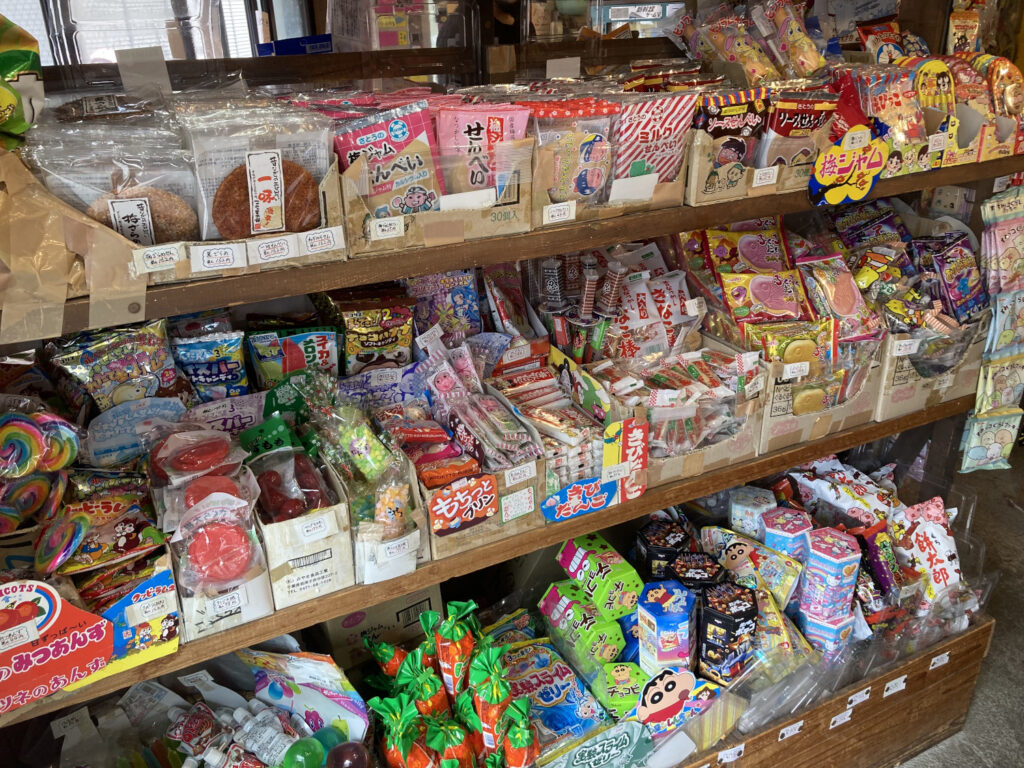
I could see many children and adults buying snacks and candies inside.
But the price was almost double compared to those days when I was a child.

What drew my attention most was actually not foods but retro games.
I remember I played a lot with this Rock-Paper-Scissors machine when I was a kid.
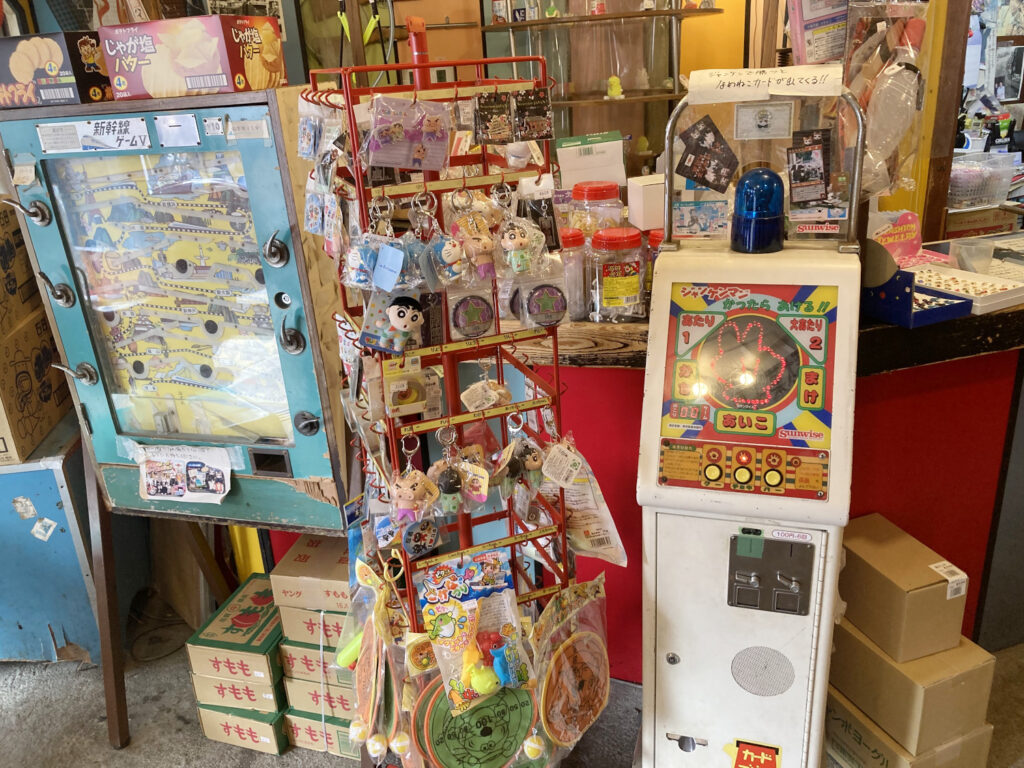
Wow, Space Invader!
Very cool!
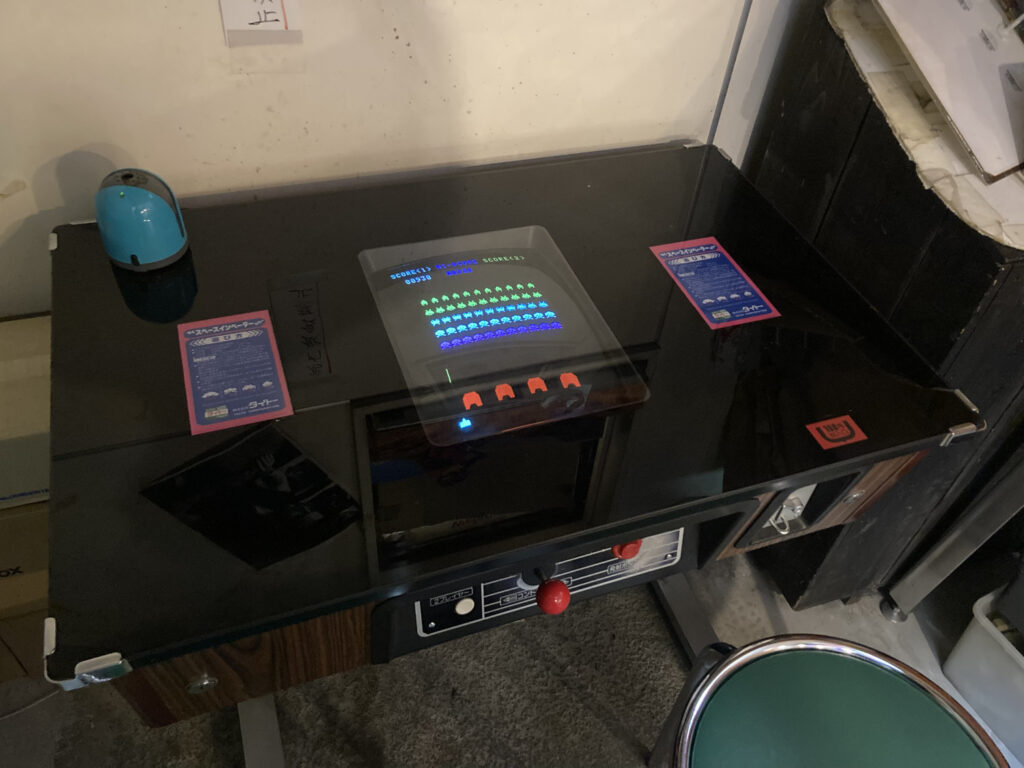
This kind of game must have been popular in 1970s.
So today’s 60s must feel nostalgy.
Even Super Mario Bros?
I didn’t know that!

I highly recommend you this shop if you wanna enjoy retro childhood candies, snacks and games in Japan.
Shibamata Toy Museum
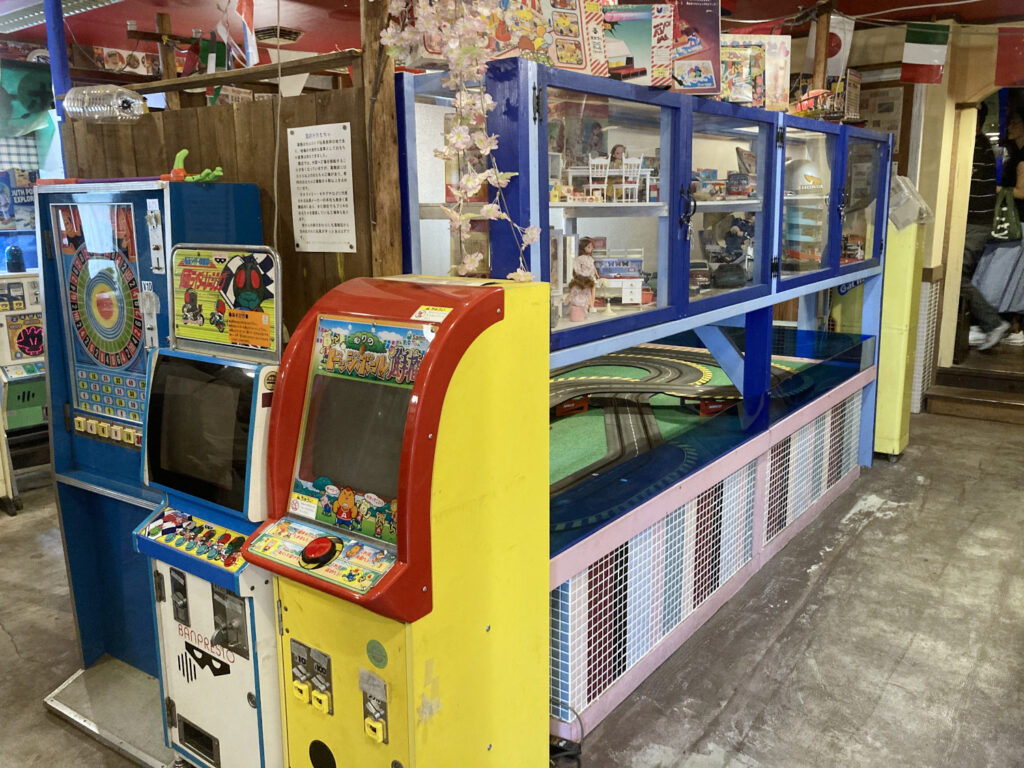
This Shibamata Toy Museum is actually just upstairs of Shibamata Haikara Yokocho.
You need to buy a ticket at Shibamata Haikara Yokocho.
It’s just about $1 (150 yen), so very cheap.
It was actually just a small toy museum that the price was just about $1.
Still, interesting to see old toys.
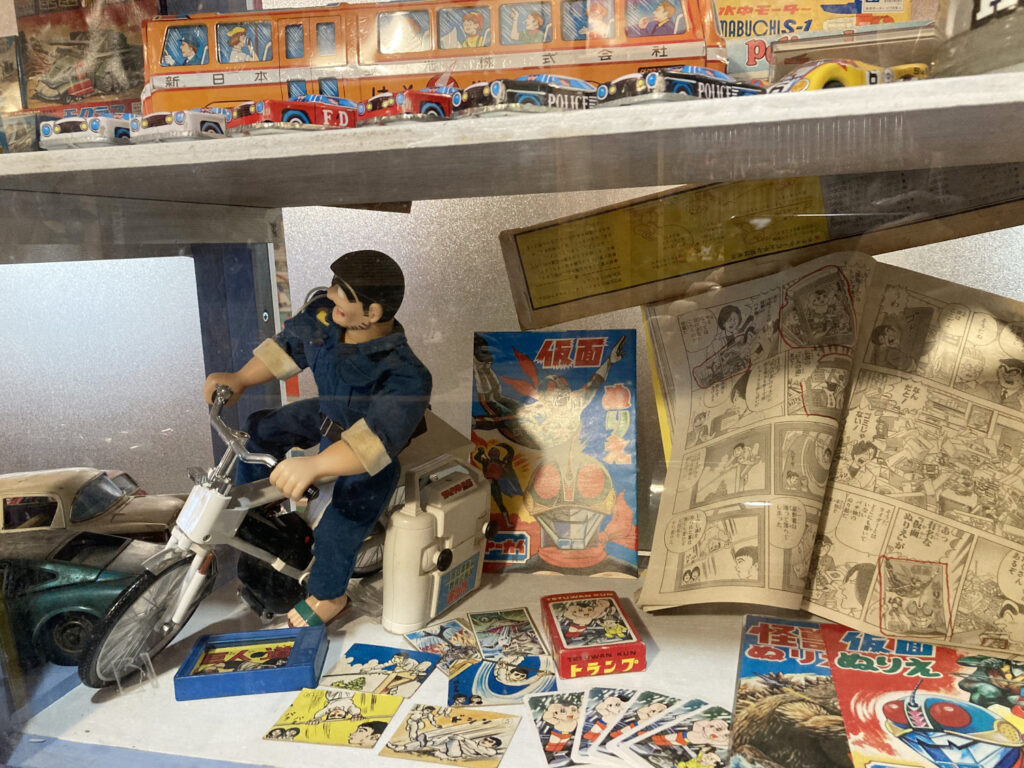
Wow, Jumbo Machinder of Mazinger Z.
I think toys of Jumbo Machinder series are now rare and expensive.

You can play Famicom (Japanese family computer).
I was watching other people playing.
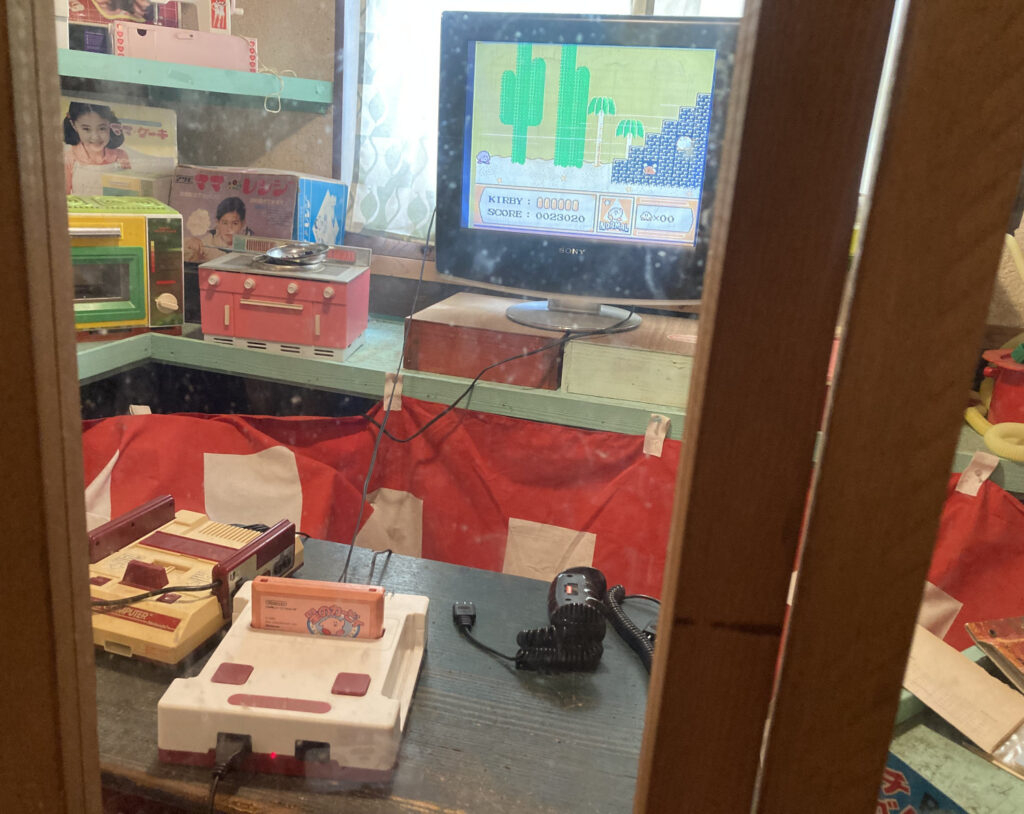
Taishakuten Sando Street
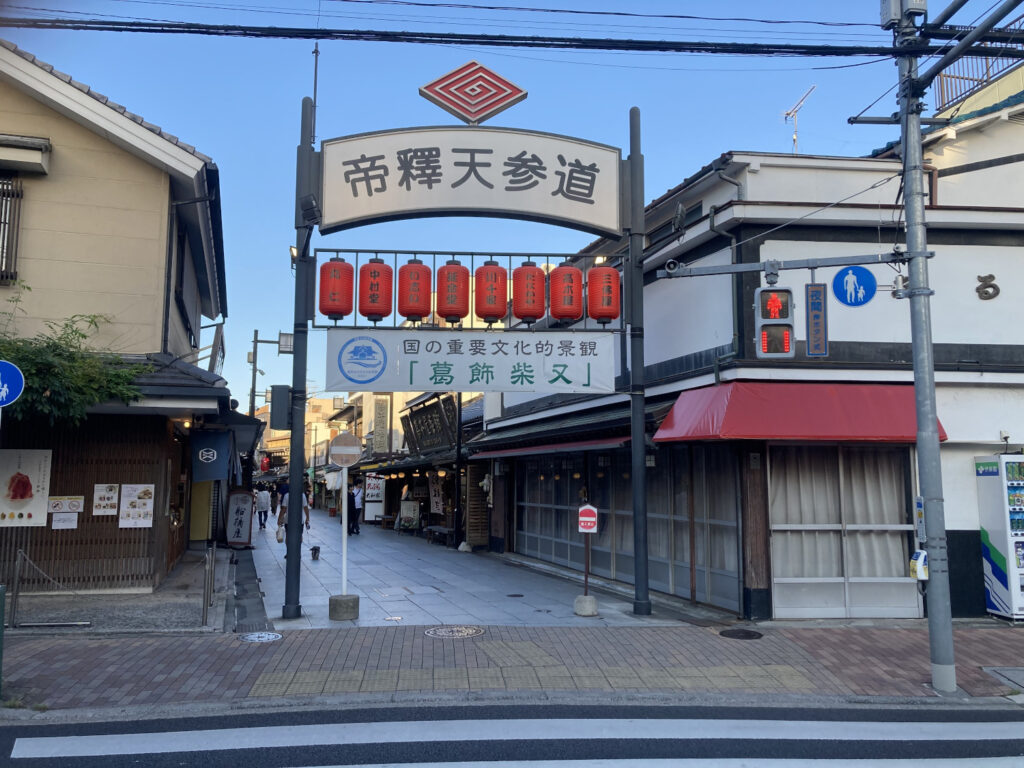
Taishakuten Sando is the main street along which you can see many traditional Japanese shops on both sides.
It’s very easy to access as you just walk down the street right in front of the station.
It is not a long street, around 200m, and it leads to Shibamata Taishakuten.
You can enjoy old-town charm while walking along the street.
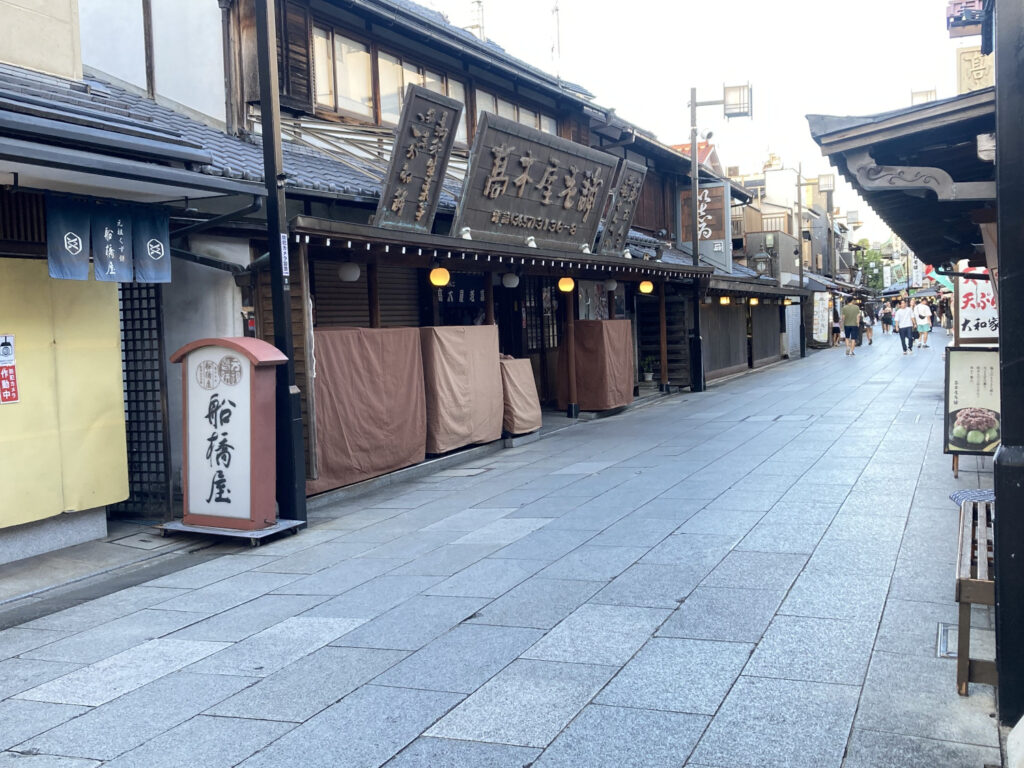
You might thought not many people out there but there were many people, actually.
I just kept waiting for maybe about 10 minutes just for this moment to take the picture without people, haha.
Followings are the shops and restaurants you can find along Taishakuten Sando Street.
I didn’t take all the shops, just picked up must-visit places on the street.
Takagi-ya
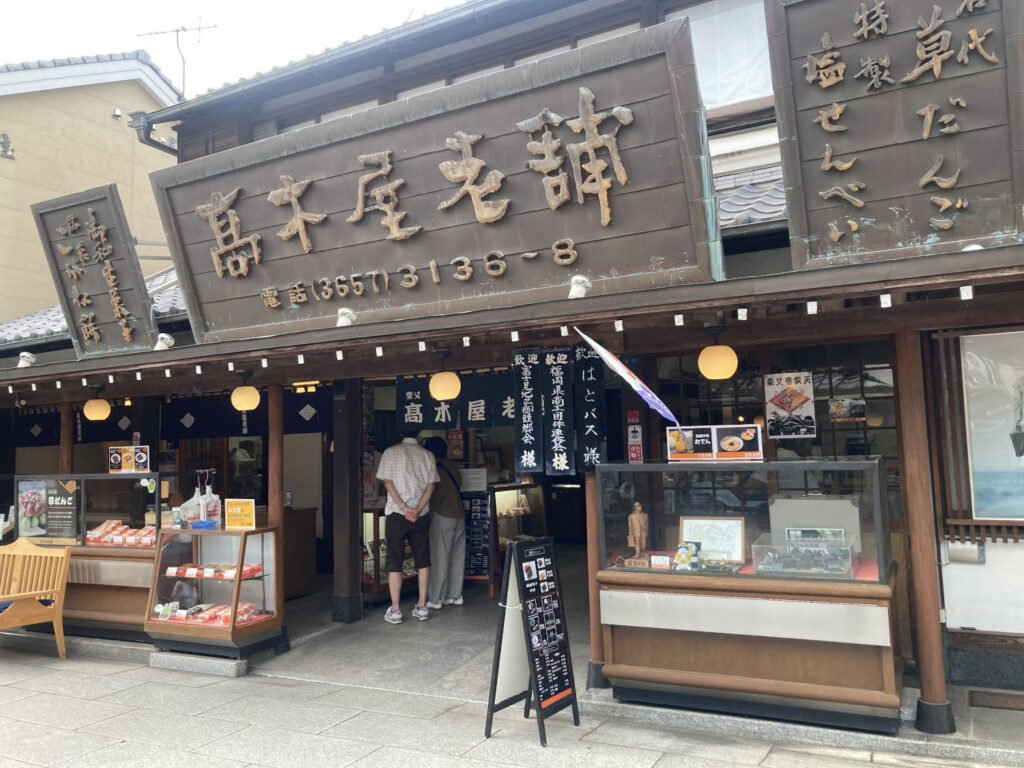
There are two traditional and famous shops of dango sweet rice dumplings here in Shibamata.
One of them is Takagi-ya.
What they serve is not an ordinary dango you can find at a supermarket or convenience store but quality one.
No additives or preservatives are used.
Mochi dumplings they serve use tender young shoots of mugwort grown at the foot of Mount Tsukuba, and the filling is made with premium Hokkaido-grown adzuki beans.
You can see Takagi-ya for both sides right across the street.
They have two shops.
Those wooden buildings with tile roofs were constructed during the Meiji and Taisho eras.
I entered the restaurant and had Kusa dango (Mugwort dango).
This Mugwort dango is famous in Shibamata.
It was about $4 (600 yen) with a tea pot of Japanese greet tea.
So it’s a set menu.

It was fresh and soft!
I could enjoy the aroma and taste of Mugwort.

The atmosphere inside was also good!
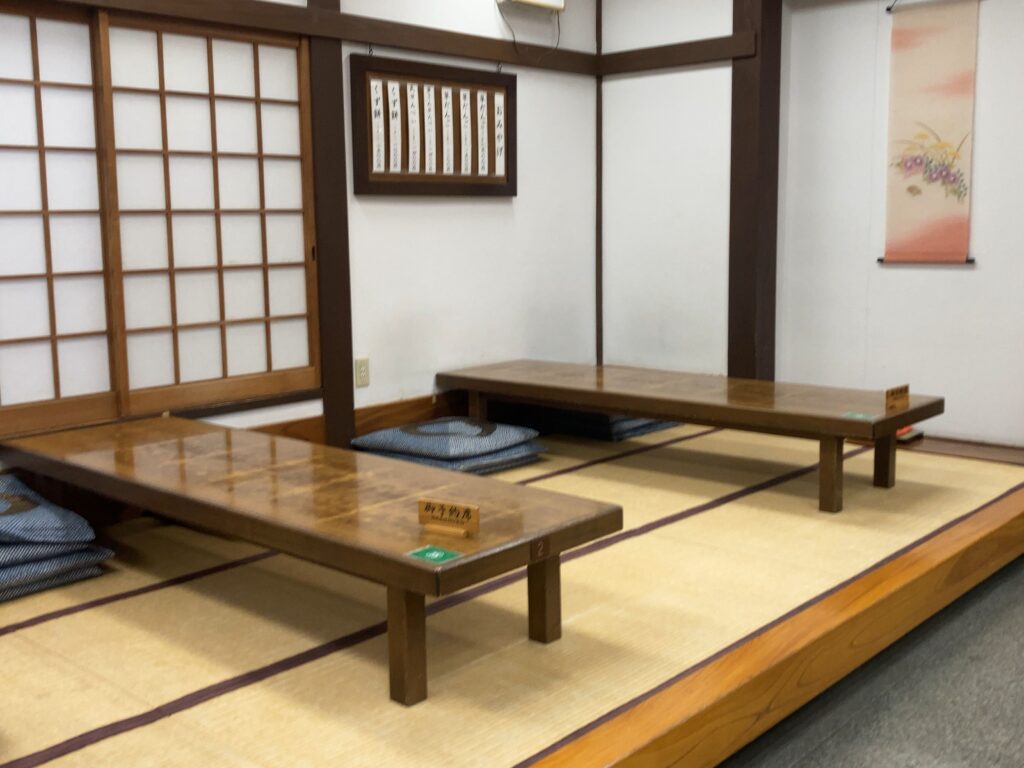

Matsuya no Ame
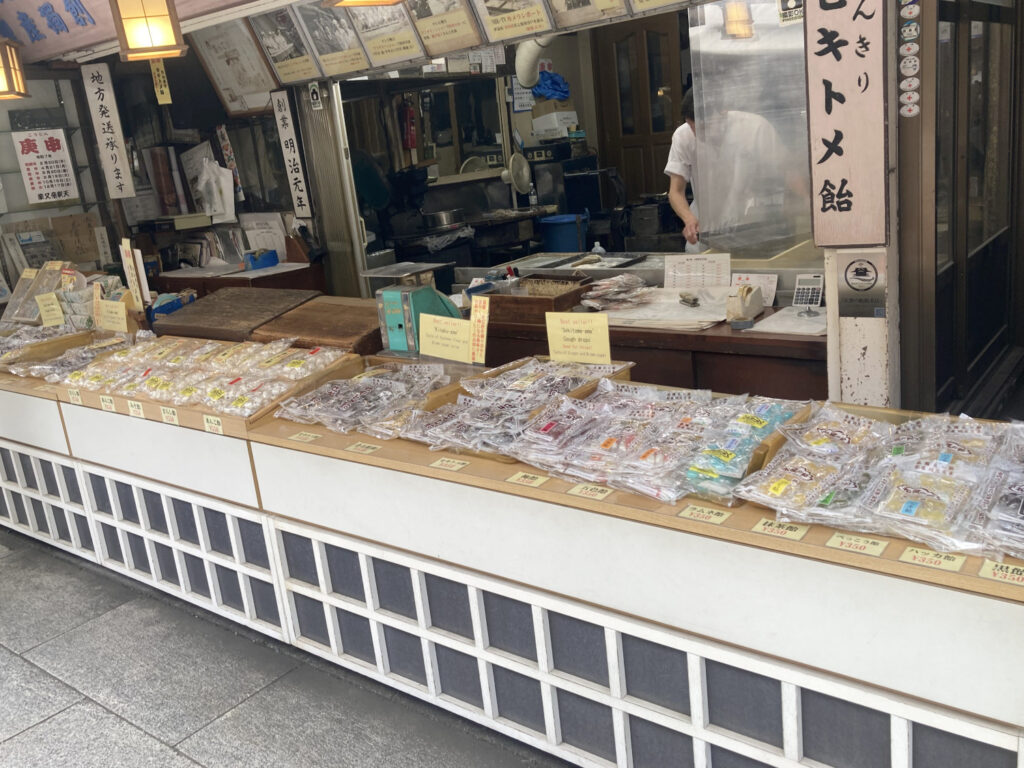
Candies of Matsuya no Ame is famous here.
It totally has 150 years of history and run by the 5th generation now.
Cough drop candy, red bean paste candy, roasted soybean powder candy are recommended here.
For a small package, you can buy for about $2 (350 yen) that I think that’s reasonable.

On Sundays and holidays, you can even see live candy-cutting demonstrations.
Kameya Honpo

Kameya Honpo is also famous for their dango.
Like Takagi-ya, no additives or preservatives are used.
They use the highest quality shinjo flour for their dango.
For the mugwort, they pick tender new shoots in early spring and freeze them for use.
Specially selected red beans from Tokachi, Hokkaido is used for read bean paste.

They also have their restaurant and serve soba, ramen, tempura rice bowl, sweets, etc. as well as dango.
I bought kusa dango and age dango (Deep-fried dumplings).
About $1.5 for each (200 yen) for to go.
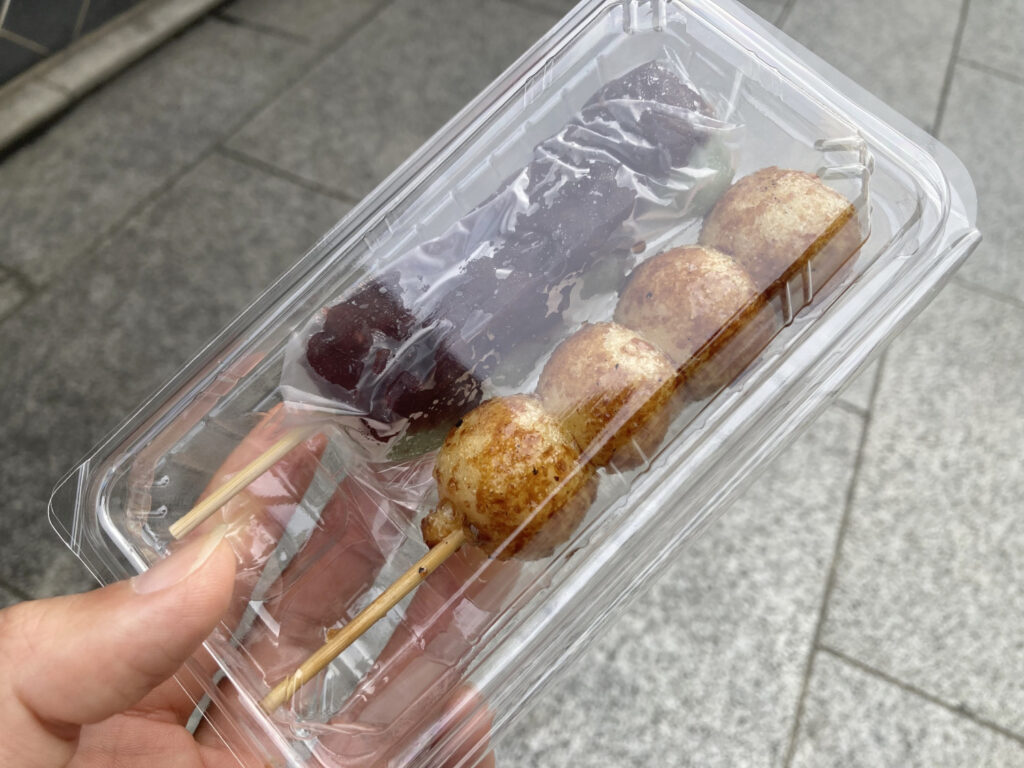
Like the dango of Takagi-ya, they were fresh and soft!
It might be first time for me to try dango which was deep fried but I found it very tasty!
Shibamata Taishakuten and Zuiryu Pine Tree

I think this is the main spot of Shibamata.
Shibamata Taishakuten, technically speaking, Kyo-ei-zan Daikyō-ji, is Nichiren sect temple founded in 1629.
Ita Honzon (Wooden Honzon) of Taishakuten, said to have been carved by Saint Nichiren, is enshrined.
People in Edo (Tokyo today) started visiting this Shibamata Taishakuten in the latter half of the Edo period.
People believed worshipping Ita Honzon brought them a miracle, so even after the name of Edo changed to Tokyo, people kept visiting and shops serving dango, rice cracker, fish, etc. started to appear with time.

Zuiryu Pine Tree in front of Shibamata Taishakuten was also great!
Like the name of Zuiryu (瑞龍), it has an image of dragon ascending to heaven.

It is designated as a Tokyo Metropolitan Government Natural Monument.
If you wanna enjoy Suixi Garden and Sculpture Gallery, entry fee is about $3 (400 yen) for adults.
Yamamoto-tei
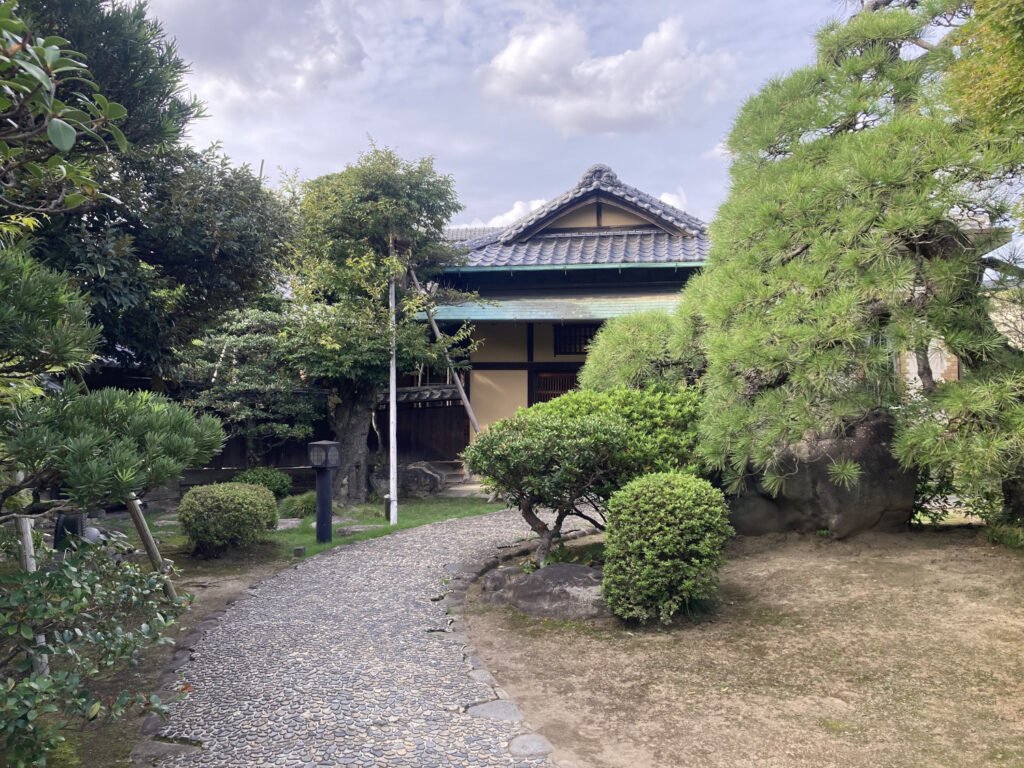
If you go further after Shibamata Taishakuten, you can get to Yamamoto-tei.
This building was formerly the home of Einosuke Yamamoto who established plant for manufacturing camera components.
This house was acquired by Katsushika-ku in 1988 and opened to the public in 1991.
Feature of Yamamoto-tei is the splendid harmony between its modern Japanese-style architecture and its traditional Japanese garden.
The garden has previously been ranked in a U.S. magazine specializing in Japanese gardens (Sukiya Living / Journal of Japanese Gardening).
I entered the house as I wanna relax with Matcha.
The entry fee is less than $1 dollar (100 yen) if you just enter the house.
If you wanna enjoy with Matcha, coffee, juice with sweets, it is between $4 to $5 (700 to 800 yen).
Very reasonable price either way.
There are many people inside that almost no seats available.
Still, I’m just one person that I could find a table soon.
I don’t know when the last time I enjoyed this kind of authentic Matcha but it was very tasty.
Actually, I wanted Japanese sweets but it had been sold out that I choose cookie set for about $4 (700 yen).

The atmosphere inside is relaxing.
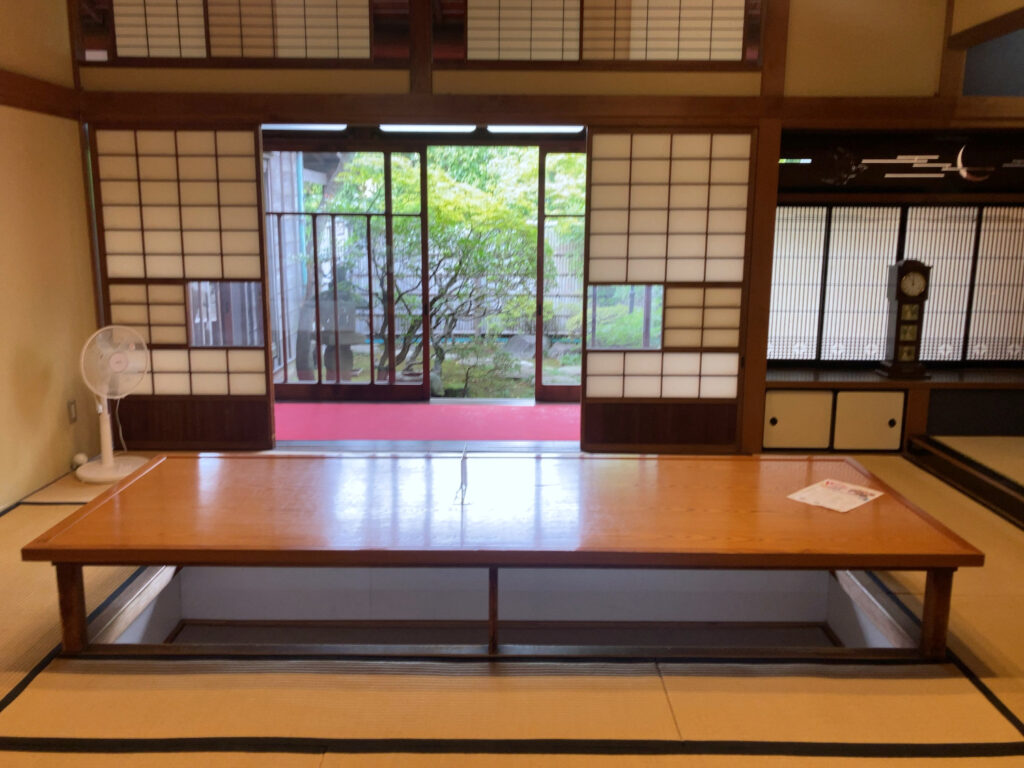

You can see the Japanese garden.
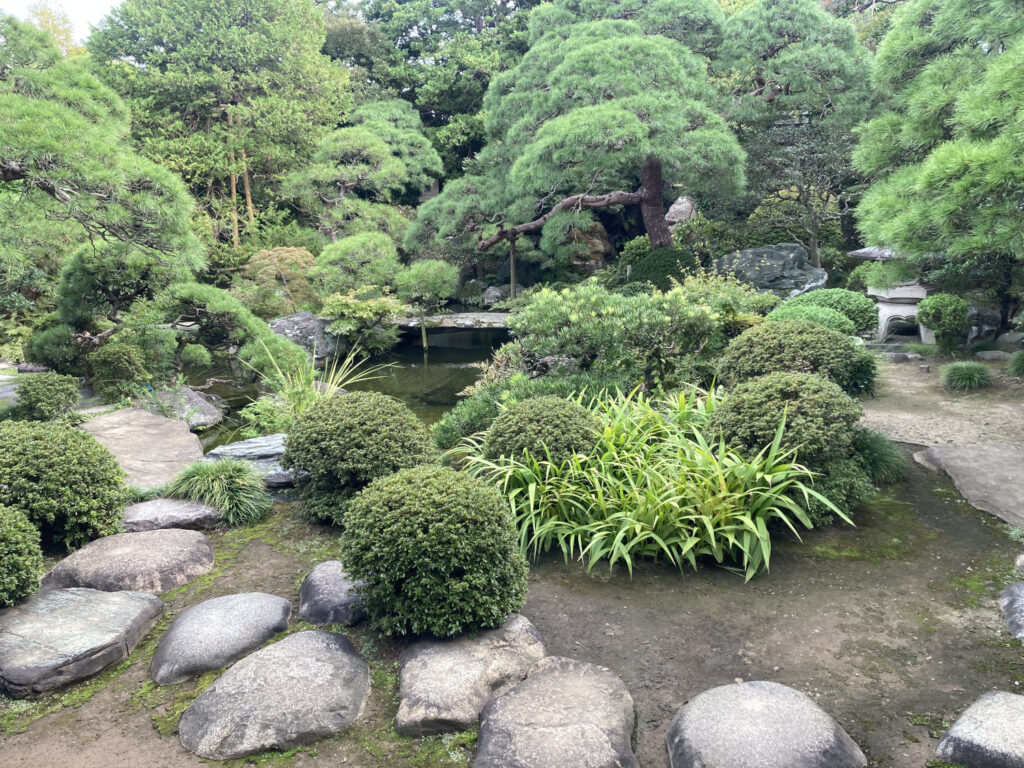

If you enjoy Matcha in a traditional Japanese house with a nice view of Japanese gareden, I highly recommend you here!
Tora-san Museum & Yoji Yamada Museum
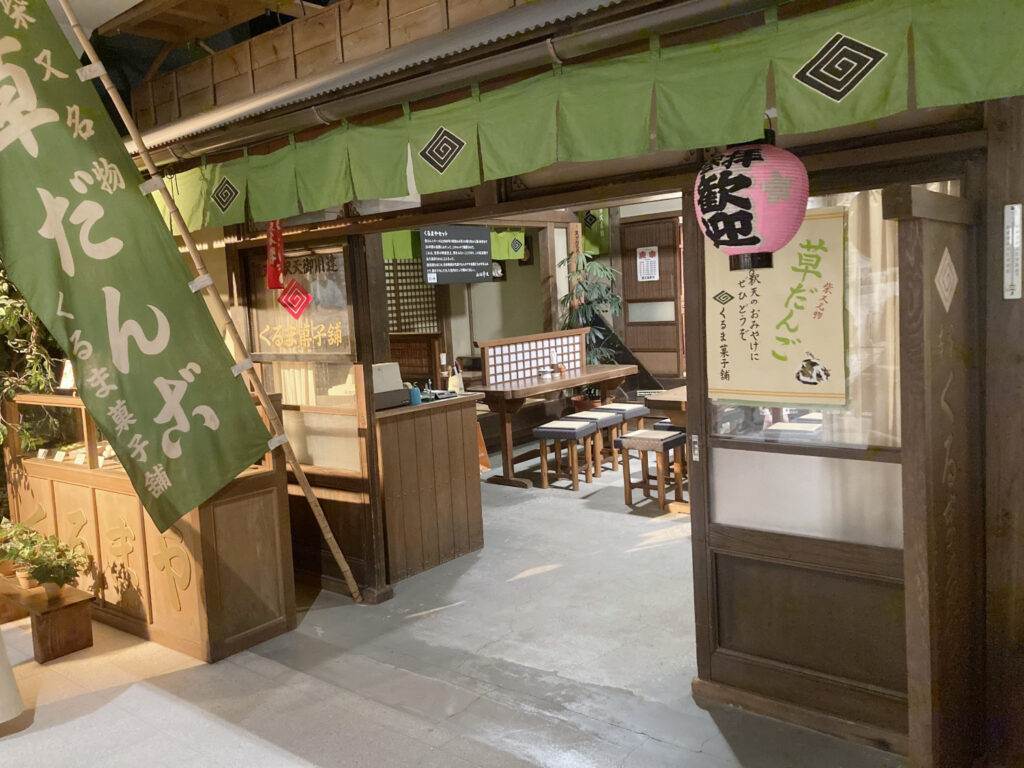
Even if you don’t know about Otoko wa Tsuraiyo (Tough Being a Man), I think you can enjoy this Tora-san Museum.
Because I myself didn’t know well about this TV drama (I just knew the main character is Tora-san), I could enjoy it.
Rather, I could know what it is thanks to this museum.
The ticket is about $4 (600 yen).
Set of Otoko wa Tsuraiyo is recreated.
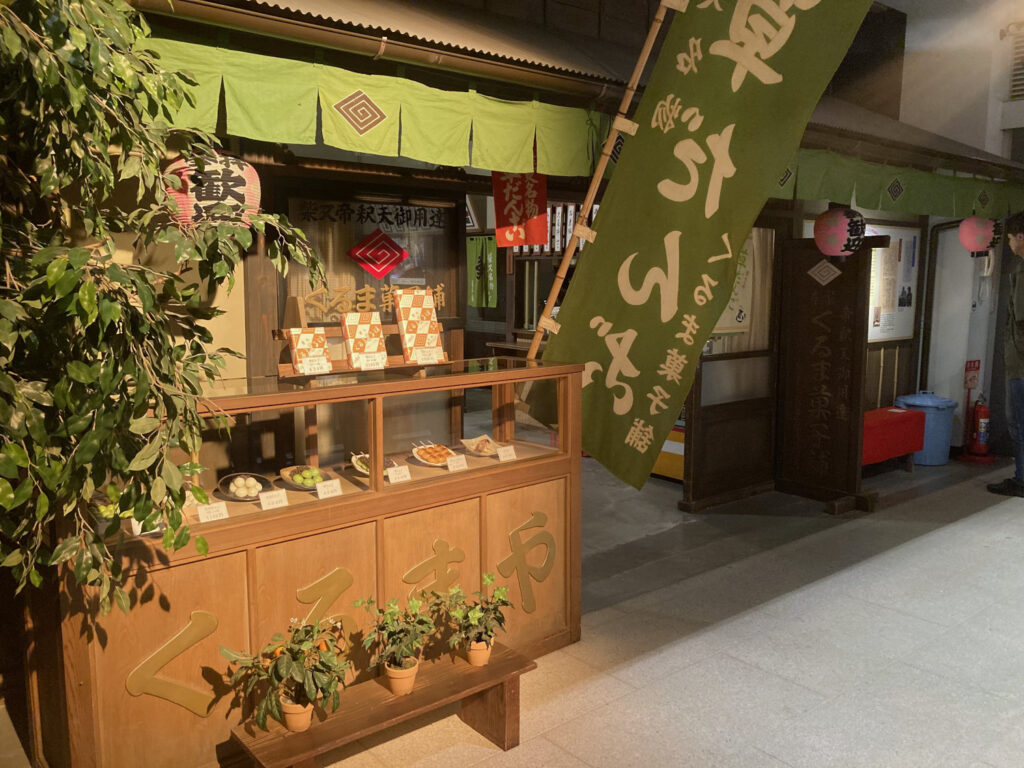
Looks like this dango shop Kurumaya is the home of Tora-san.
I like the atmosphere of the shop.


Oh, diorama of Taishakuten Sando Street.
Well made to the details!
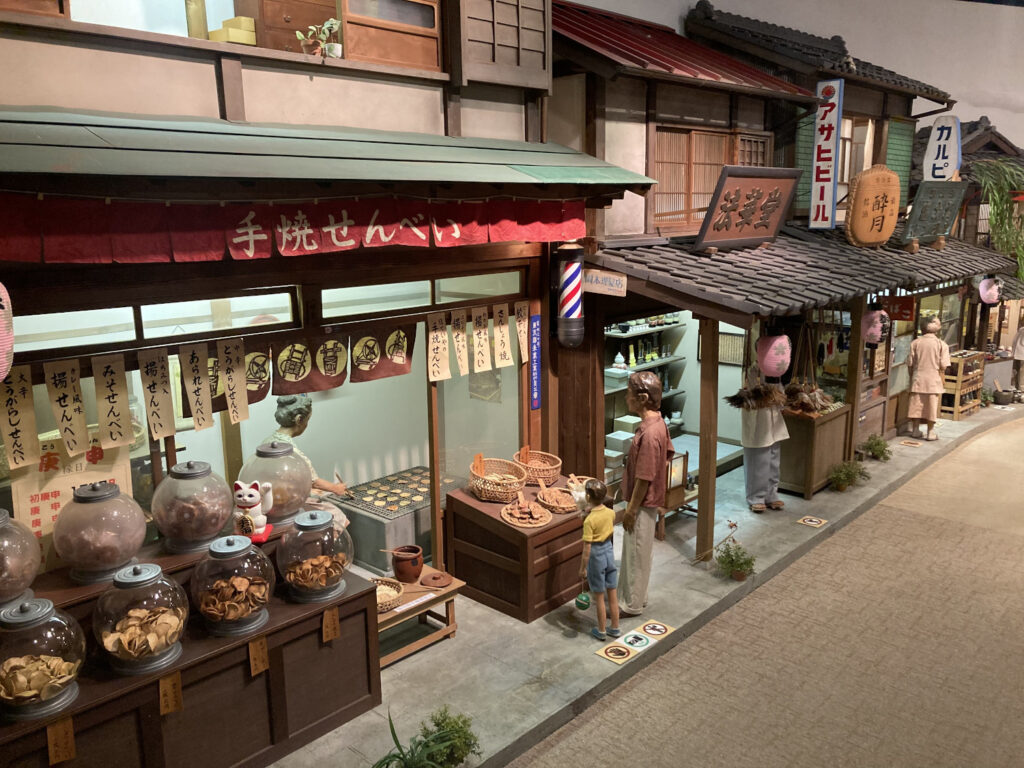
There are also other things to see, plus, Yamada Yoji Museum although I didn’t take pictures.
Yoji Yamada is the director of Otoko wa Tsuraiyo and he made a new movie Tokyo Taxi last year!
I also wanted to go to TORAsan Cafe.
Maybe next time!
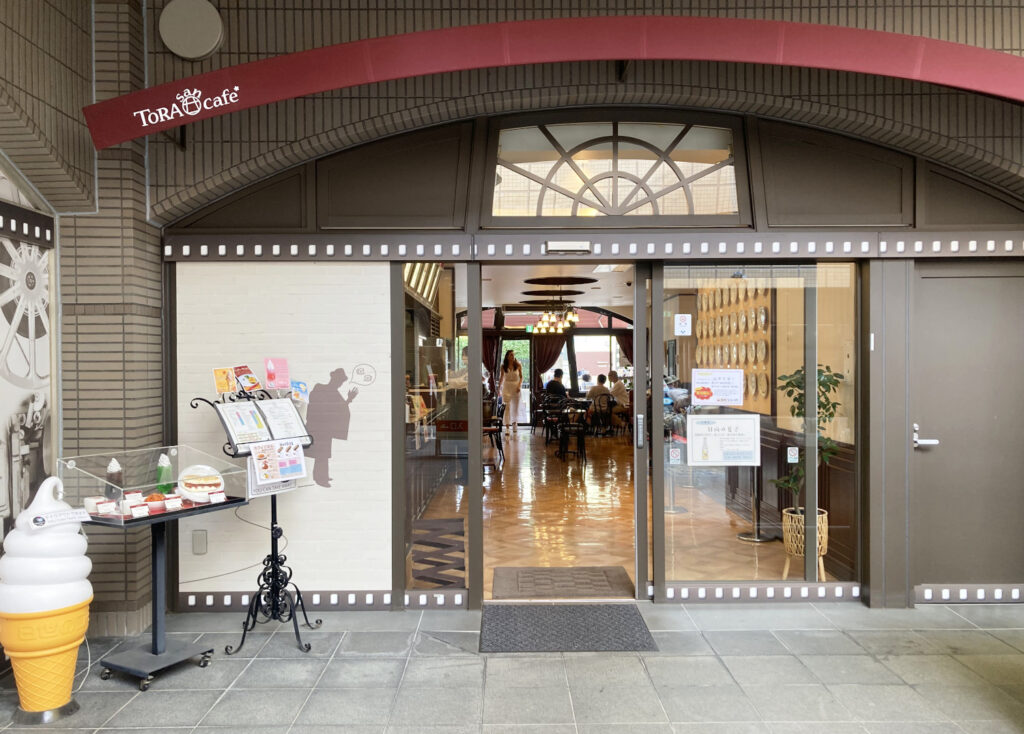
Yagiri no Watashi (Boat ride)
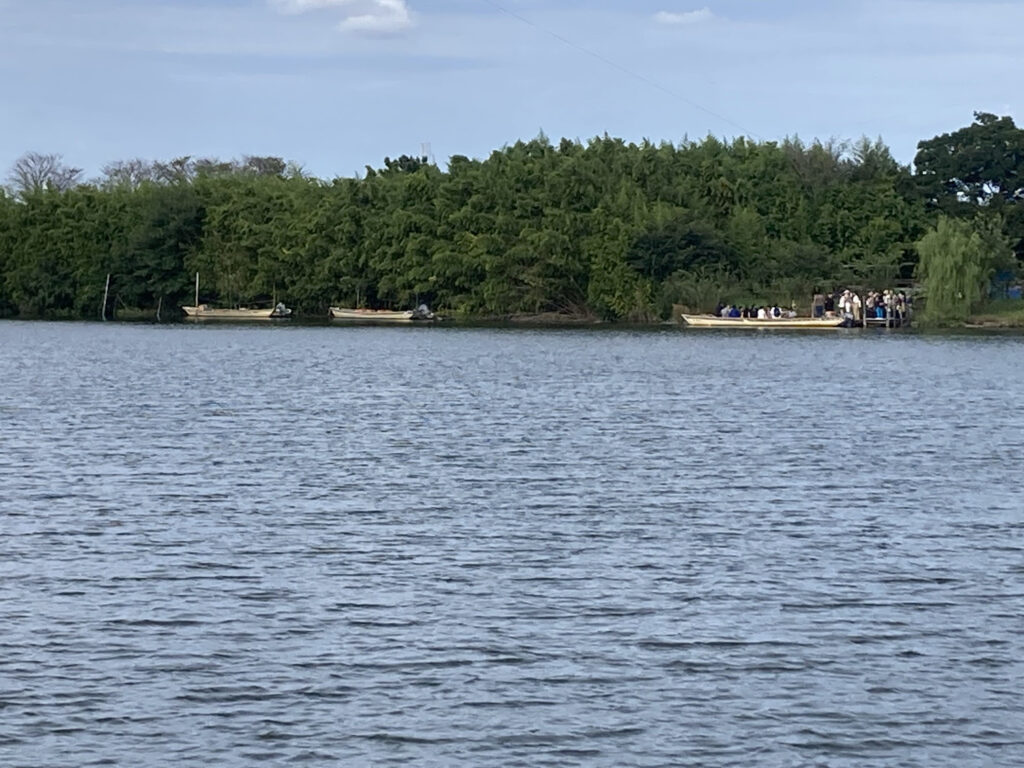
If you still have time and energy, how about going to river to try Yagiri no Watashi?
It’s a small wooden boat connecting Shibamata and Chiba Prefecture across the river, operating since the early Edo period.
They say it is the only remaining boat crossing in Tokyo.
It is also featured in old novels and songs.
I think it took about 10 to 15 minutes from Tora-san Museum to Yagiri no Watashi.

Here I am!
The spot people can catch the boat.

It costs about $2 (300 yen) for one-way but you need to come back that totally about $4.
I can see the Edo River in front and the boats to come back on the other shore.
I didn’t ride this time but the sailor tells you an interesting story during the boat ride although it’s in Japanese, I think.
